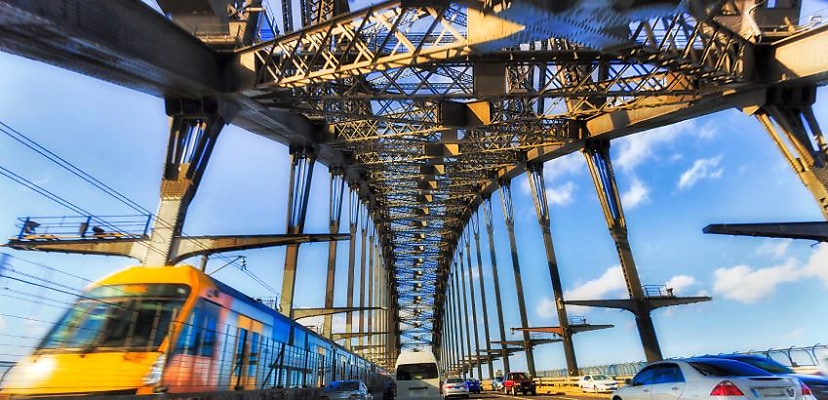Share this article on:
Powered by MOMENTUMMEDIA
For breaking news and daily updates,
subscribe to our newsletter.
Australia is set to roll out AI-powered mobile phone detection cameras as part of a wider overhaul of road rules and penalties.

The new cameras will be used to detect drivers who use, touch or hold a mobile phone while driving or stationary at a red light. They are able to monitor multiple lanes and can operate in any weather or light conditions.
The cameras have already been used on the Tasman Bridge in Hobart, Tasmania, and have resulted in a dramatic increase in caught drivers, with 700 a week compared to only 458 in the entire 2021–2022 period.
To prevent drivers from being incorrectly charged by a hallucinating AI, all instances where a driver is flagged for using a mobile phone behind the wheel will be verified by a human before fines are issued to drivers. Drivers will face fines of up to $1,209 and five demerit points. Repeat offenders may have their licenses suspended.
The AI cameras, along with new penalties regarding speeding, seatbelts, parking and more, will be rolled out on 1 July.
Mobile speed cameras will now also identify non-seatbelt wearers, speed limits will be reduced in certain areas, and ticketless parking fines will be removed after drivers complained that they were unaware of being fined.
AI continues to affect motorists
Over in the US, car rental company Hertz is also toying with AI after it began rolling out AI-powered vehicle scanners that detect damage as cars leave or enter the rental car park, with the goal of damage reporting becoming faster, more objective and more accurate.
The company claims that the use of the technology will improve transparency and reduce subjective damage checks, while also making the process faster.
“The vast majority of rentals are incident-free. When damage does occur, our goal is to enhance the rental experience by bringing greater transparency, precision and speed to the process,” a Hertz spokesperson told MotorTrend.
“Digital vehicle inspections help deliver on that with clear, detailed documentation that is delivered more quickly, as well as a more technology-enabled resolution process.”
Additionally, the technology will scan for pre-existing damage as a customer leaves the rental lot, ensuring that it isn’t picked up as new damage upon the vehicle’s return.
To prevent the AI from hallucinating, it has reportedly combined the AI scans with manual checks, according to the UVeye site.

Be the first to hear the latest developments in the cyber industry.